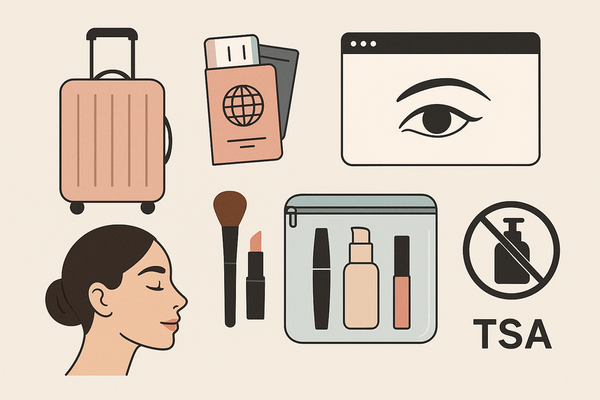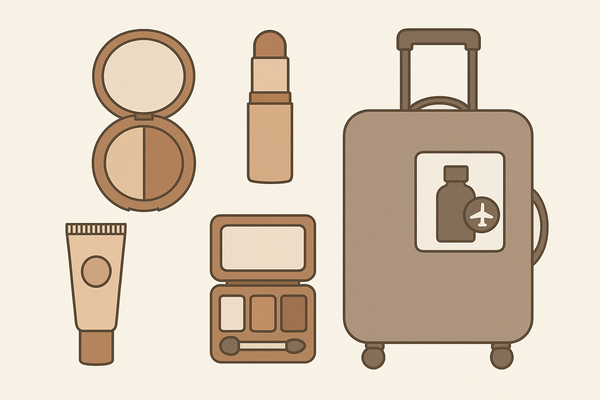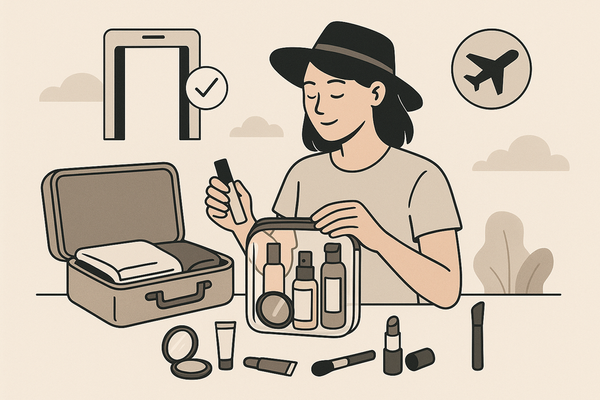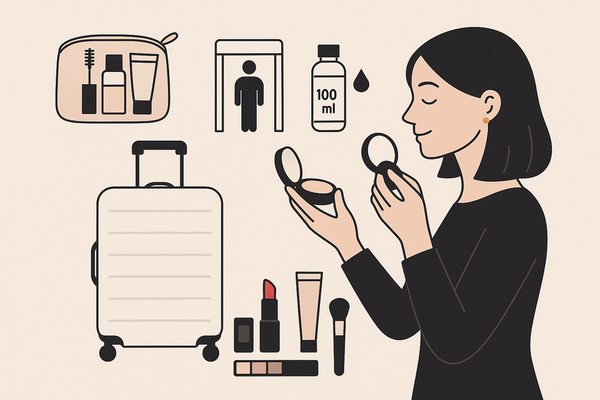How to Boost Makeup Check AI Usage for App Engagement and Retention
Learn strategies to boost Makeup Check AI usage, enhancing app engagement and retention through personalization and AI-driven recommendations.
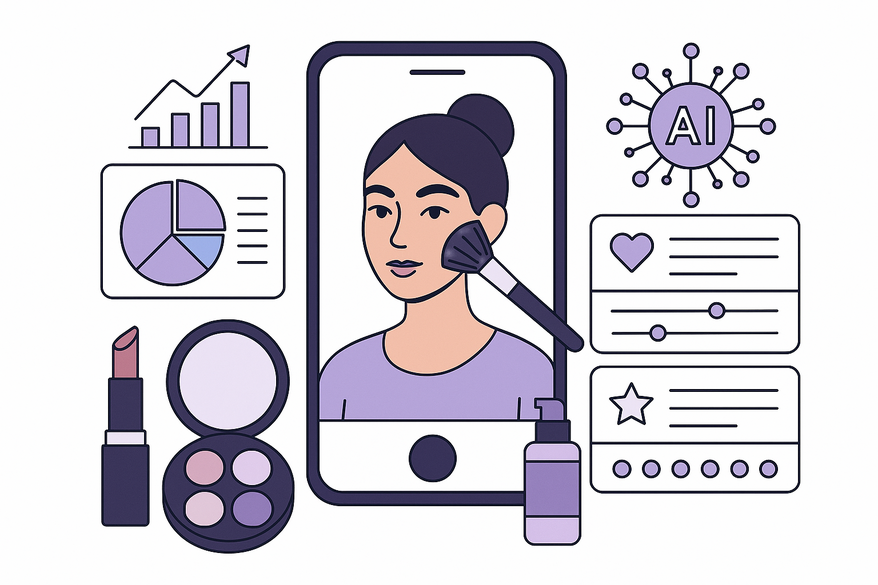
Estimated reading time: 7 minutes
Key Takeaways
- Personalization Power: AI-driven recommendations and virtual try-ons transform casual users into loyal customers.
- Engagement Strategies: Real-time AR overlays, predictive routines, and chatbots keep sessions fresh and interactive.
- Optimization Matters: Regular audits, A/B testing, and metric-driven tweaks ensure accuracy and fairness.
- Privacy First: Transparency and user control are non-negotiable for trust and retention.
- Proven Success: Case studies from L’Oréal, Sephora, and Ulta Beauty showcase measurable lifts.
Table of Contents
- Introduction
- 1. Understanding the Landscape of Makeup Apps
- 2. AI Usage in Makeup Apps
- 3. Boost Engagement Using AI
- 4. Check and Optimize AI Usage
- 5. Best Practices and Success Stories
- Conclusion
Introduction: Our goal is to optimize engagement and retention in makeup apps using AI. These platforms offer digital try-ons, tailor-made routines, and community features that foster loyalty. AI-driven personalization turns one-time visitors into lifelong fans by providing hand-picked content and product matches.
For a hands-on example, check out Makeup Check AI and watch the quick demo below:
1. Understanding the Landscape of Makeup Apps
Makeup apps harness AR, machine learning, and user data to deliver virtual try-ons, shade matching, and tailored routines. By tapping into cameras, user preferences, and purchase history, these platforms craft customized beauty experiences that resonate with modern consumers.
- AR-powered virtual try-ons: Overlay products in real time for a lifelike preview.
- Algorithmic shade matching: Analyze skin tone and lighting for perfect recommendations.
- Customized routines: Generate daily or weekly skincare and makeup plans based on goals and behavior.
Trends to watch:
- Hyper-personalization: 68% of Gen Z and Alpha users prefer AI-tailored routines.
- In-app exclusives: Limited offers and early access boost session time.
- Behavioral analytics: Real-time tracking of taps, scrolls, and dwell time.
Why engagement and retention matter:
- Engagement rate: Measures daily or weekly active users (DAU/WAU).
- Retention rate: Tracks returns at day 1, day 7, and day 30.
- Loyalty payoff: Higher engagement plus retention equals increased lifetime value.
2. AI Usage in Makeup Apps
Integrating AI means collecting selfies, surveys, and environmental data, then applying machine-learning models to serve spot-on product matches.
Core components:
- Data collection: Selfies, user inputs, and ambient sensing.
- Data analysis: Models that map skin concerns to product suggestions.
- AR engine: Tracks facial landmarks, adjusts for lighting, and overlays virtual makeup.
Why it works:
- Contextual recommendations based on weather, activity, and skin condition.
- Dynamic updates that react to real-time data, boosting satisfaction.
- Enhanced trust as users see precise, personalized suggestions.
Case studies:
- SkinGenius: Analyzed 10,000+ data points to deliver custom regimens—35% satisfaction lift for L’Oréal.
- Sephora Virtual Artist: AR-driven try-ons increased session times and repeat visits.
- Estée Lauder AI Consultations: Chatbot plus AR scans drove up in-store bookings.
3. Boost Engagement Using AI
AI can make each app session feel fresh and personal.
Strategy 1: Real-time AR try-ons
- Live previews of lipstick, eyeshadow, and blush.
- Swipeable shade palettes that update instantly.
- Day/night lighting and finish simulations.
Strategy 2: Predictive routines & push notifications
- Analyze past behavior to suggest next-step products.
- Timed reminders like “Your skin analysis suggests a hydration mask tonight.”
- Contextual messaging based on time of day and schedule.
Strategy 3: AI chatbots for 24/7 advice
- Instant product Q&A and step-by-step tutorials.
- Trend-based look suggestions powered by social insights.
Strategy 4: Exclusive AI-powered content
- Daily skincare tips and makeup hacks via chatbot or video.
- Reward points for completing AI-guided tutorials.
- Live Q&As driven by AI-filtered user questions.
Tools like AI makeup engagement tips guide and behavioral analytics platforms can turbocharge these approaches.
4. Check and Optimize AI Usage
Regular audits prevent drift, bias, and compliance gaps, keeping user trust high.
Why audits matter:
- Validate algorithm accuracy against real-world outcomes.
- Identify and mitigate bias in recommendations.
- Ensure transparency and adherence to privacy regulations.
Key metrics:
- Engagement (DAU/MAU) and feature adoption rates.
- Retention curves at day 1, day 7, and day 30.
- Conversion lift from AI-driven vs generic offers.
- User satisfaction via in-app surveys.
- Model performance: accuracy, latency, and bias detection.
Optimization tactics:
- A/B test new AI features before full rollout.
- Retrain models quarterly with fresh data.
- Update privacy protocols and offer clear opt-in/out settings.
For deeper retention tactics, check our makeup app retention strategies.
5. Best Practices and Success Stories
Adopt these principles to scale AI while delighting users:
- Privacy & transparency: Clearly explain data usage.
- Continuous learning: Retrain models with new trends and feedback.
- User control: Let users fine-tune AI routines and matches.
- Phased rollouts: Use A/B tests to measure impact before scaling.
Success highlights:
- L’Oréal AI consultations drove a 35% jump in satisfaction.
- Ulta Beauty saw a 9% download boost with personalized advice tools.
- Sephora’s hyper-personalized try-ons lifted session frequency.
Conclusion
The synergy of makeup apps and AI unlocks unmatched personalization, engagement, and loyalty. By continuously monitoring metrics, A/B testing features, and prioritizing ethical data practices, you can drive sustained growth. Learn how to build lasting user habits in our user habit formation strategies.
FAQ
- How do I start integrating AI into my makeup app? Begin with small, high-impact features like virtual try-ons or personalized push notifications. Use third-party AR and AI SDKs to speed up development.
- What metrics should I track first? Focus on DAU/WAU engagement rates, retention at day 1, 7, and 30, and conversion lifts tied to AI recommendations.
- How often should I audit my AI models? Quarterly audits are recommended to check accuracy, fairness, and compliance with privacy rules.
- How can I ensure user privacy? Be transparent about data collection, offer clear opt-in/out controls, and store personal data according to regulations like GDPR.
- Which AI tools are best? Consider platforms like Loook.ai, Google ML Kit, or custom TensorFlow/PyTorch models, depending on your scale and expertise.

